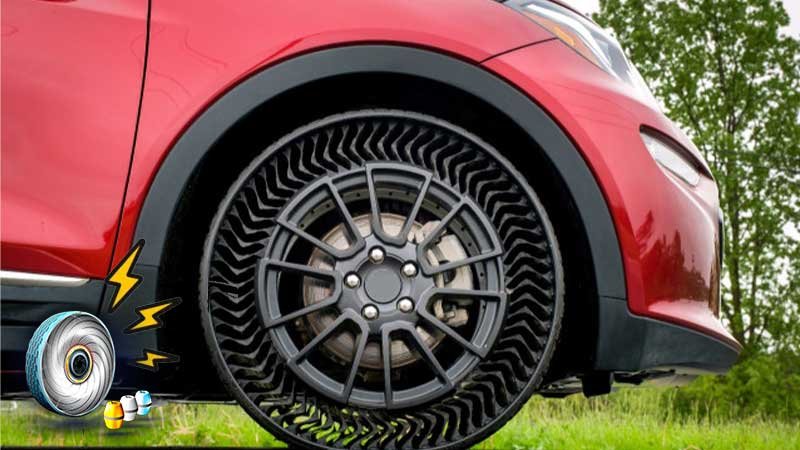The 7 Best Tips for Backing a Flatbed Truck
Backing up a trailer is, for most people, one of the most terrifying aspects of towing. To prevent it, drivers try everything they can. One of the most hazardous movements a truck driver will ever have to perform is backing a large tractor and trailer. Backing accidents incidents account for around 15% of all professional truck driver accidents, and they are virtually always avoidable. Many truckers on the road can drive a large rig truck straight ahead, but few can back up their rig without damaging it, the loading dock, or the property. That’s where a reputable flatbed trucking company can come in handy. It’s important to remember that backing up a trailer requires a lot of experience.
Sufficient Height and Width
You should be aware of your clearances. Always check for enough clearance for your trailer and enough area to back in securely before starting to back a truck. Check to see whether your car will fit under any low clearances. Check for obstructions as you go around the car. Check again whether there is a delay between the start and end of your motion. Someone may have sneaked in behind you by the time you finish that paperwork and input deliveries in a warehouse.
Rearview Mirrors Might Not Always Work
All trucks are equipped with various accessories to assist drivers in backing up safely. Side and rearview mirrors are examples. Mirrors, on the other hand, maybe misleading. When supporting, they should not be relied on entirely. Get out of the cab if you’re in a tight place. If required, double-check, then double-check again. Roll down the windows to hear any outside sounds or activities.
Closing in Requires Attention
To avoid damaging your vehicle or the customer’s building, take caution while backing up into buildings or docks. The objective should be to move slowly because that is the safest way to go. Keep an eye on it. Constantly checking the tractors and trailer’s positions and backing up occurrences will result in far less harm. Make the necessary adjustments if your duals or super singles have a narrower track.
Blindness Can be Terrible
To minimize the chance of an accident, avoid using blindsiding wherever feasible. If there is a viable alternative to backing out of a blind corner, do so. Taking a mental picture of your target location first is absolutely essential if you have a blindside. Make a mental note of any things that could obstruct your vision. Then, as you approach the spot, arrange your rig so that the trailer is in the greatest possible position for backing in with the least amount of angle and steering.
Cross-Traffic to be Avoided at All Costs
If it’s not absolutely essential, don’t back up in a crosswalk or when stopped in traffic. Allow enough room to pull forward and around parked automobiles in front of your truck. Get out and look if you’re unsure. When you arrive at a location, go back in rather than leave. Remember that there are no financial costs for squeezing into a packed shipment.
Assistance Isn’t Always Beneficial
Only utilize an experienced truck driver as a spotter. Anyone else may often be more distracted than you are without being helpful. This is because a novice or non-driving driver will only look at one side of the car while it backs up. Anyone who isn’t a truck driver isn’t aware of the need to keep an eye on the entire vehicle and trailer. Otherwise, helpful recommendations will just drive the trucker in the wrong way, causing him to smash into lamp poles and docks, causing a great deal of useless damage. Spotters are beneficial, but they are never to blame for an accident.
Examine the Surroundings
Look for, and make a chock or pallet wood with nails in your tire route. Get out and look immediately before turning out for your reversing if it’s dark. If the stripes are faded, muddy, or snow-covered, use a marker to assist in locating the “end of the line.” A glove, a garbage bag, a flashlight, or anything else that can help you visualize if necessary. You may use one of those strobe lights for roadside hazards. Keep two in the door pocket so you can swiftly exit and back up.
Backing a truck with a large trailer, over 30,000 pounds of freight, with an articulation behind you, might be a daunting undertaking. Accidents while backing up are common and can even be fatal. Train your drivers to only back up when absolutely required to avoid these collisions. When they have to back up, teach them how to do it safely, including inspecting the surroundings and vehicle before backing up and utilizing a spotter. When backing up heavy trucks or trailers, drivers must be very cautious.
Also, Read This: What Drivers Can Do To Stay Alert When On The Road
Follow Us
Latest Post
















